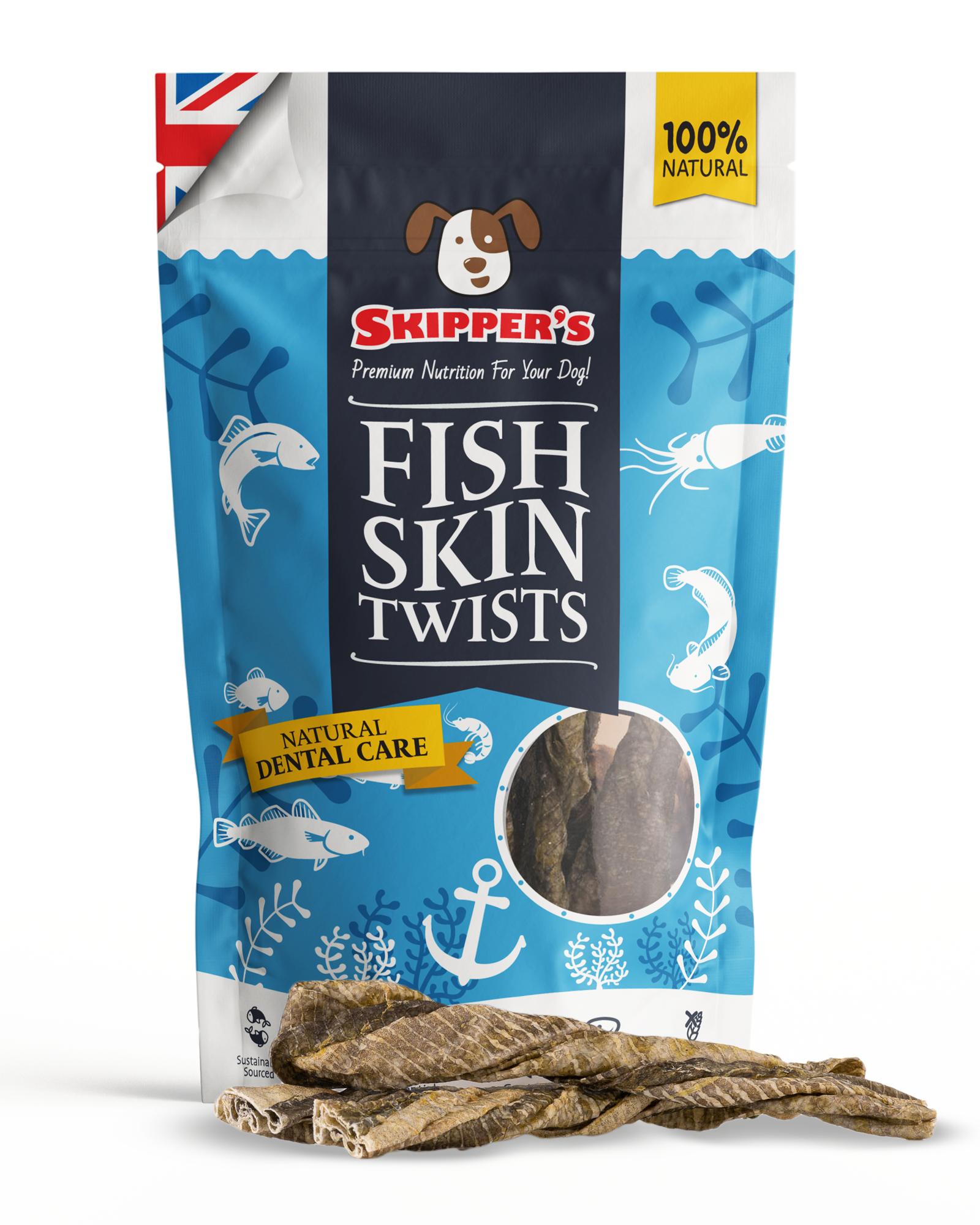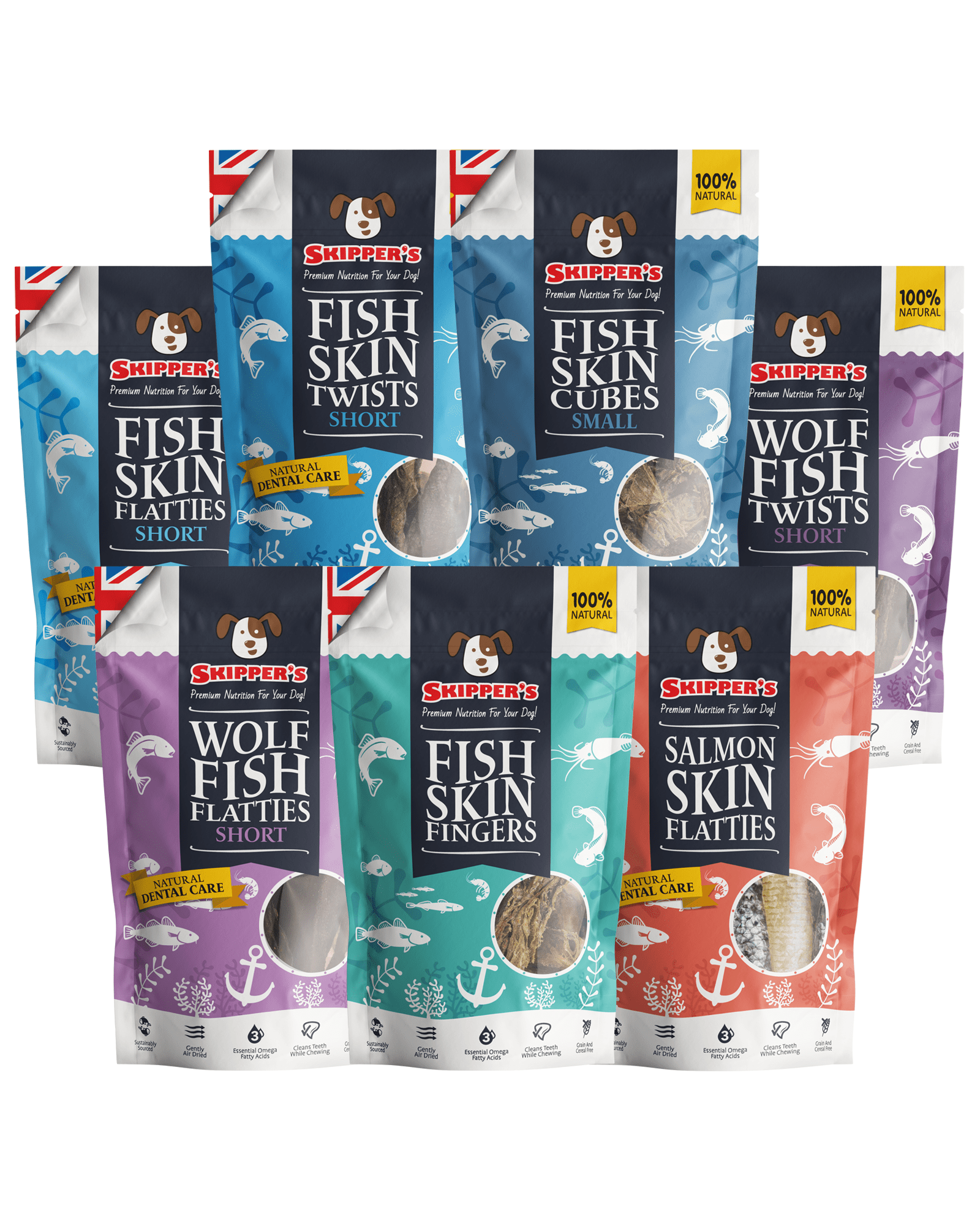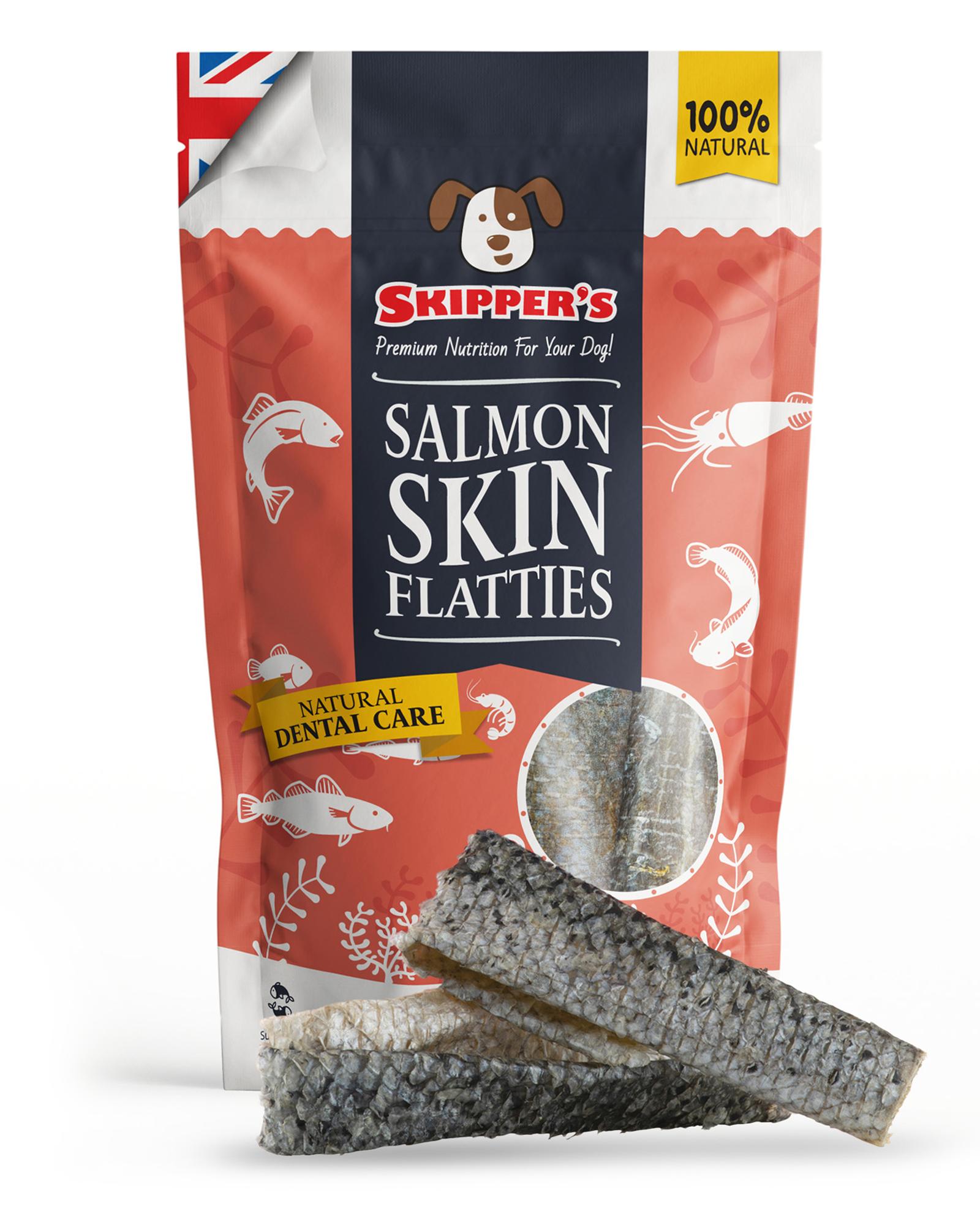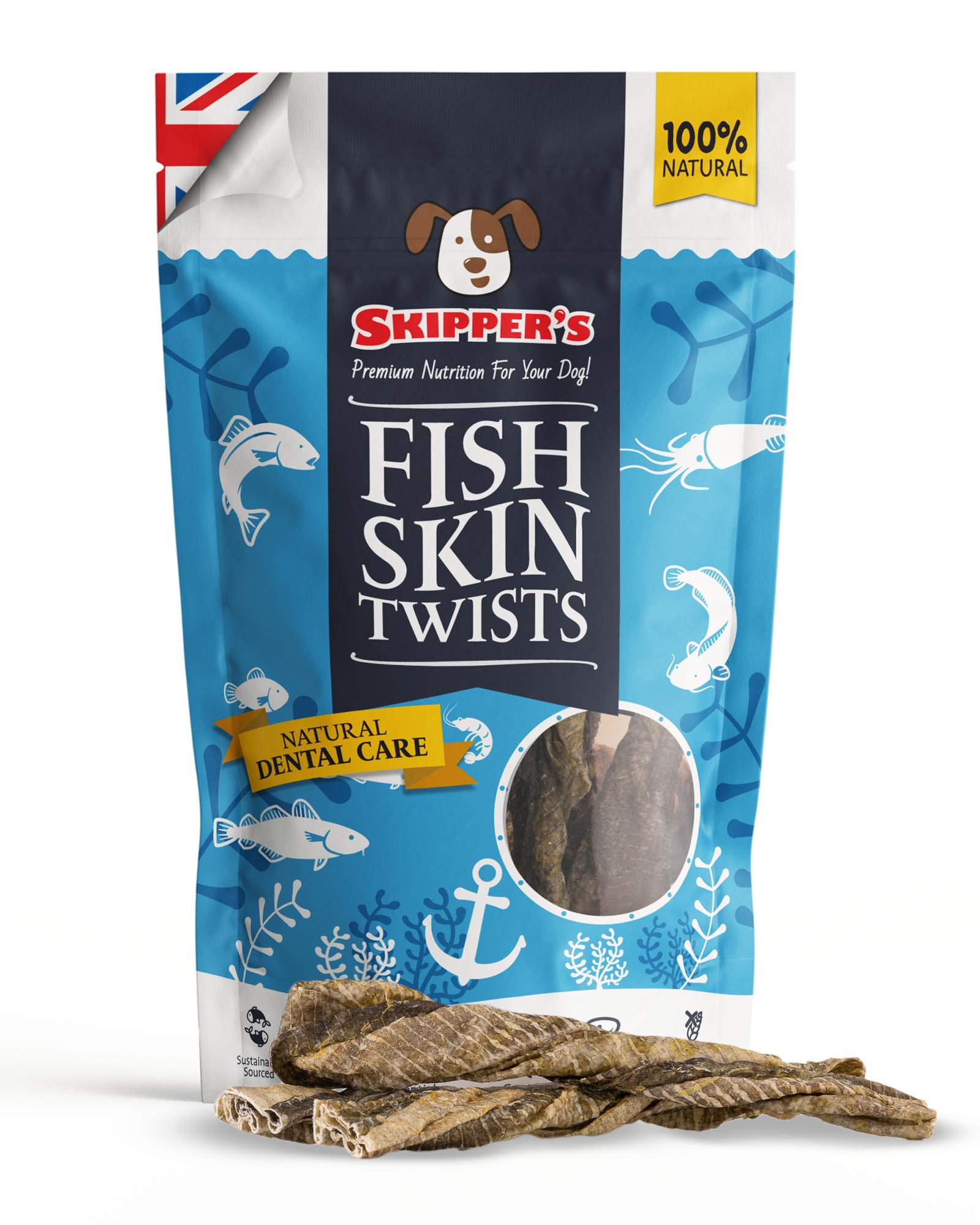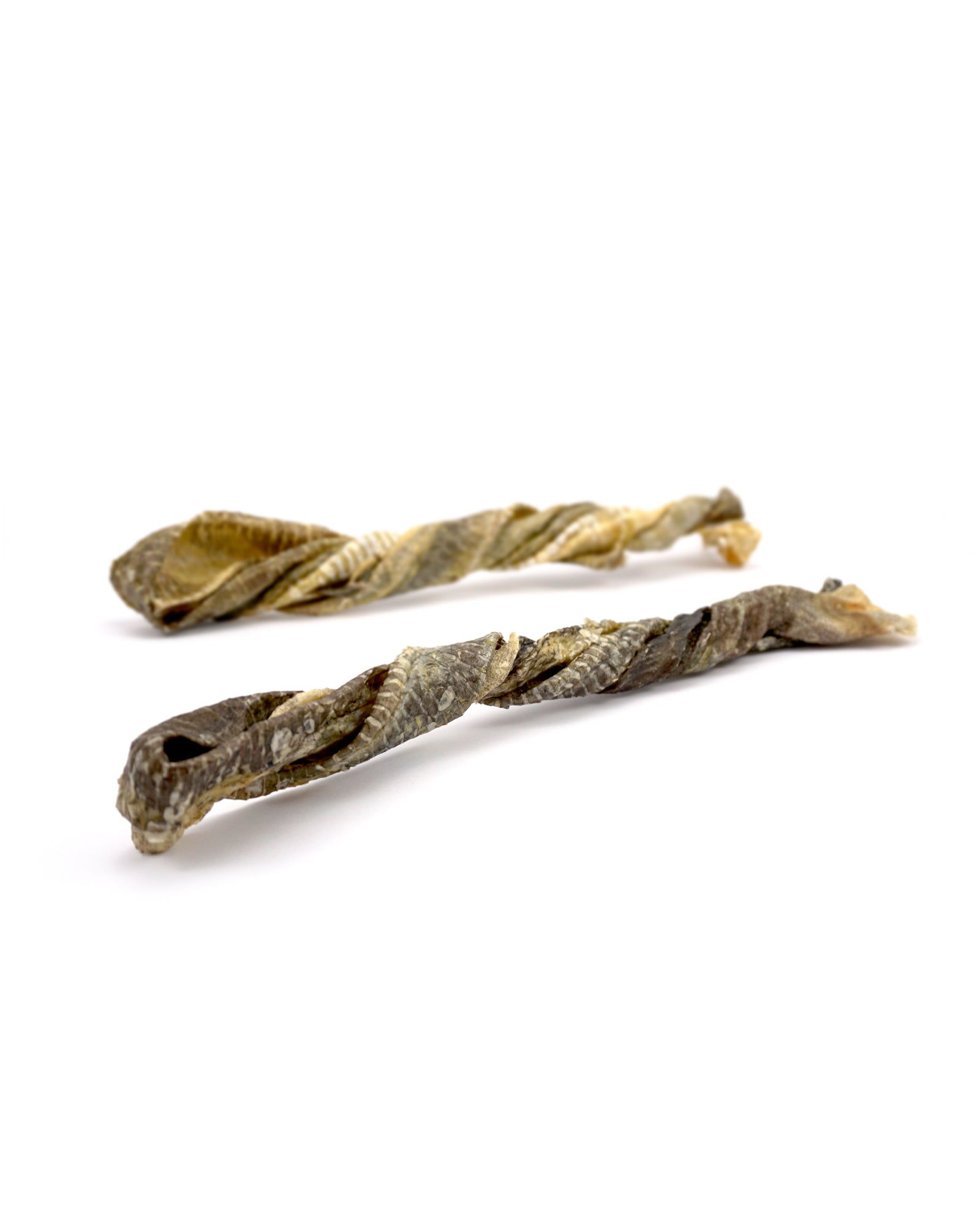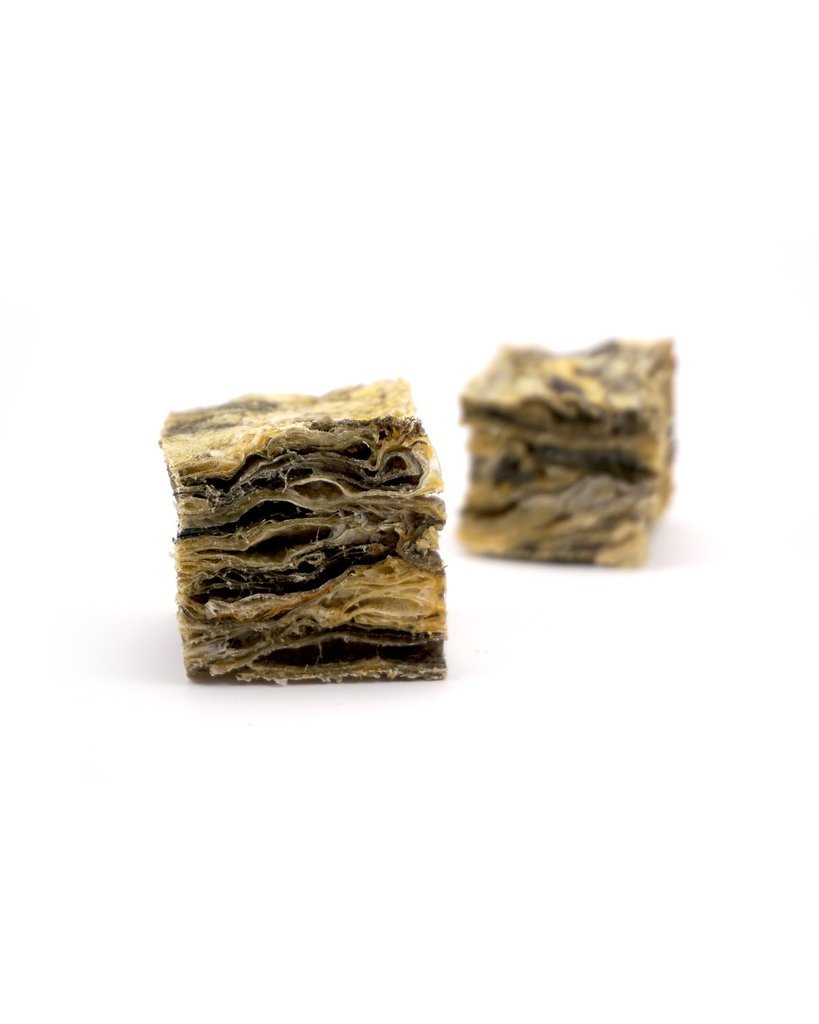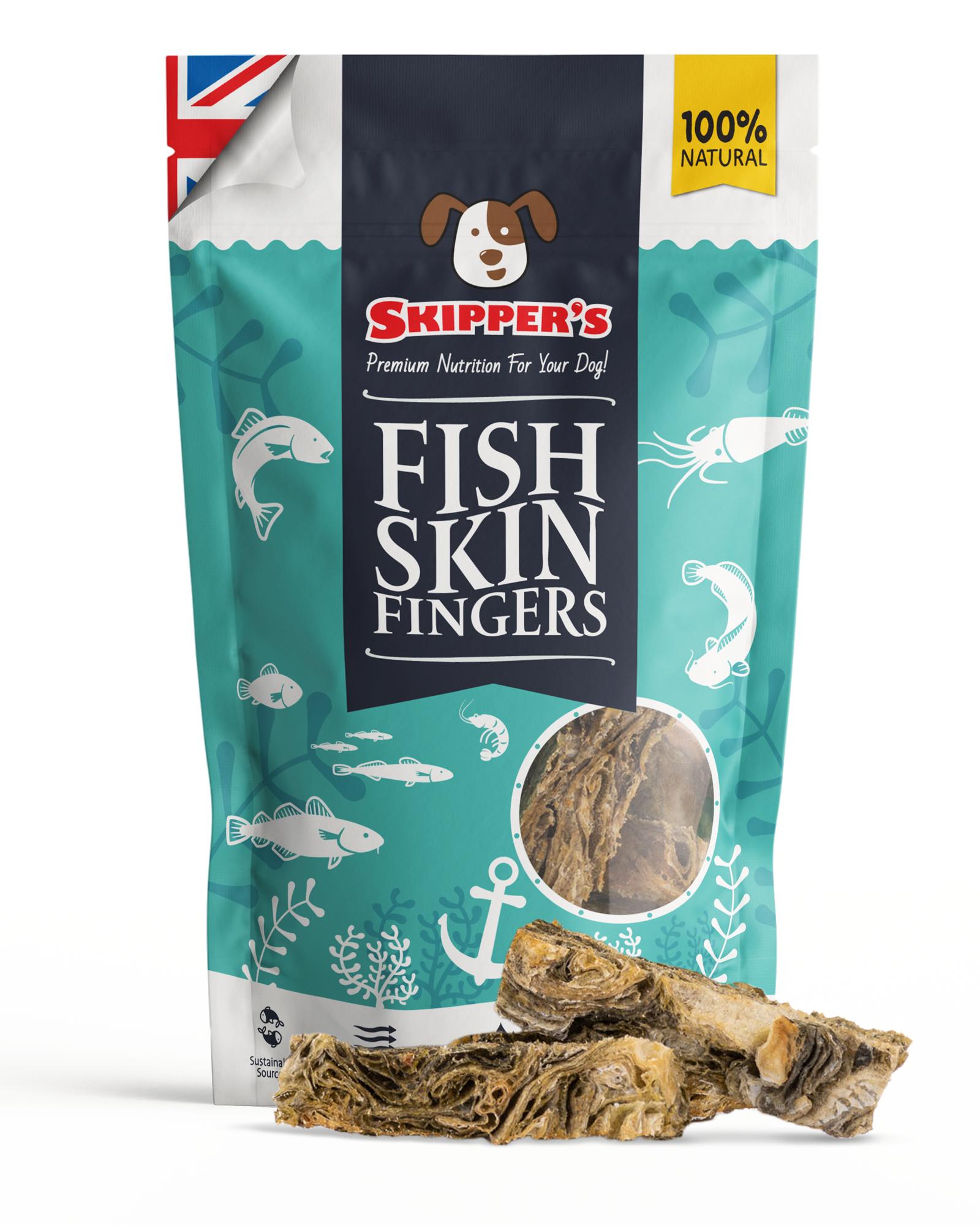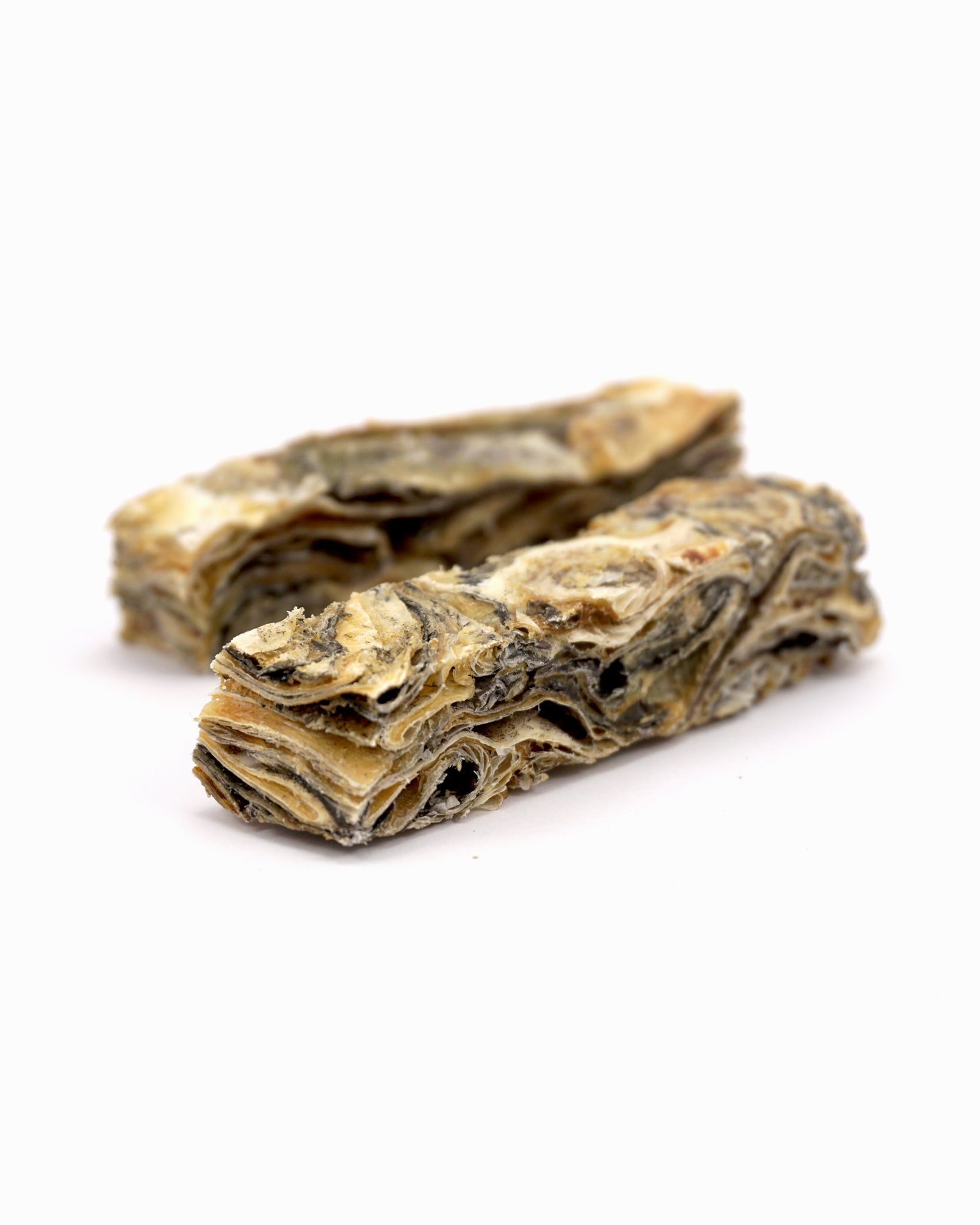Few challenges test our patience in dog ownership, like dealing with a dog's insistence on chewing on everything in sight. From ruined furniture to chewed-up shoes, it's a frustrating situation that many dog owners face. Fortunately, there are effective ways to tackle this issue head-on.
Given the prevalence of chewing among canine companions, understanding the importance of addressing your dog's chewing behaviour is vital. From household items to personal belongings, the consequences of unchecked chewing can be both frustrating and costly for pet owners. By delving into effective strategies to stop this behaviour, we not only protect our possessions but also promote a healthier environment for both dogs and owners.
Understanding the reasons behind dog chewing behaviour
Dogs express themselves through various behaviours, and chewing is no exception. This seemingly innocuous habit can stem from a variety of underlying reasons, each deserving attention and understanding.
Dental problems
Just like humans, dogs experience dental issues that may drive them to chew. Whether it's teething discomfort in puppies or dental pain in dogs, chewing provides relief and helps maintain oral health. Recognising signs of dog dental problems, such as swollen gums or reluctance to eat hard food, is essential in addressing chewing behaviour related to dental issues.
Anxiety and stress
Dogs are sensitive creatures that can experience anxiety and stress in response to various stimuli. Changes in their environment, loud noises, or separation anxiety can lead to destructive chewing as a coping mechanism. Identifying sources of stress and implementing calming strategies, such as creating a safe space or desensitising them, can help alleviate anxiety-related chewing.
Boredom and lack of mental stimulation
Dogs are intelligent animals that thrive on mental stimulation and physical activity. When left understimulated or bored, dogs may resort to chewing as a way to alleviate boredom and seek entertainment. Providing engaging activities, interactive toys, and regular exercise can channel their energy towards more productive outlets, reducing the likelihood of destructive chewing behaviour.
Hunger
Hunger is another potential motivator for chewing behaviour in dogs. Inadequate nutrition or irregular feeding schedules may prompt dogs to seek alternative sources of sustenance, leading to chewing on inappropriate items. Ensuring your dog has a balanced diet and a consistent feeding routine can help address chewing behaviour stemming from hunger and promote overall well-being.
Effective strategies to prevent your dog from chewing your belongings
Chewing is a natural behaviour for dogs, but with the right strategies, you can redirect their chewing habits towards more appropriate outlets.

Establishing a consistent routine for your dog
Consistency is key when it comes to preventing destructive chewing. Establishing a daily routine for feeding, exercise, and playtime provides structure and stability for your dog. Consistent meal times help regulate their hunger levels, reducing the likelihood of chewing out of hunger. Likewise, regular exercise sessions fulfil their physical and mental needs, channelling their energy away from destructive behaviours like chewing.
Providing enough physical and mental exercise
A tired dog is a well-behaved dog. Ensuring your furry friend receives enough physical and mental exercise is crucial in preventing boredom-induced chewing. Engage your dog in stimulating activities such as regular dog walks, interactive games, or puzzle toys to keep their minds and bodies active. By providing ample opportunities for exercise and mental stimulation, you can curb their desire to chew on household items out of boredom.
Positive reinforcement and redirection training
Positive reinforcement techniques are powerful tools for shaping your dog's behaviour. Instead of scolding or punishing your dog for chewing, focus on rewarding desired behaviours and redirecting unwanted chewing to appropriate toys. When you catch your dog chewing on something they shouldn't, calmly intervene and offer them a chew toy or treat as an alternative. Consistency and patience are key in reinforcing positive chewing habits and discouraging destructive behaviour.
Introducing safe and appropriate chew toys and treats
Offering a variety of safe and durable chew toys is essential in satisfying your dog's natural urge to chew. Additionally, incorporating long-lasting chews can help keep your dog occupied and prevent boredom-induced chewing.
Teaching your dog what is acceptable to chew
Helping your dog distinguish between acceptable and unacceptable chew items is crucial in preventing destructive chewing behaviours. By providing appropriate outlets for their chewing instincts, you can redirect their focus and promote healthy chewing habits.

Long-lasting dog treats
Long-lasting dog treats are an excellent way to satisfy your dog's chewing needs whilst providing them with a tasty reward. Opt for treats made from natural ingredients and designed to withstand prolonged chewing sessions. Treats like fish skin chews and antlers can keep your dog engaged and entertained whilst promoting dental health. A study found that 94% of dog owners provide their dogs with edible chewing material.
Incorporating long-lasting treats into your dog's routine helps redirect their chewing behaviour towards items specifically intended for chewing, reducing the likelihood of them targeting your belongings.
Here are some of our long-lasting chews that our experts recommend:
- Skipper's Fish Skin Flatties
- Skipper's Wolf Fish Throw Sticks
- Skipper's Jumbo Jerky Toothbrush
Chew toys
Choose toys made from durable materials, such as rubber or nylon, that can withstand heavy chewing. Interactive toys, like treat-dispensing puzzles or Kong toys, provide mental stimulation and encourage extended chewing sessions. Rotate your dog's toys regularly to keep them engaged and prevent boredom-induced chewing. A study shows that 83% of dog owners provide their dogs with inedible chew toys.

By offering a variety of safe and engaging chew toys, you can satisfy your dog's natural urge to chew whilst protecting your belongings from damage.
How to dog-proof your home
Creating a dog-friendly environment is essential for the well-being of both your dog and your home. Dog-proofing your living space not only prevents potential accidents and damage but also promotes a safe and harmonious environment for you and your furry friend.
Secure hazardous items
Identify and remove potential hazards that your dog could chew on or ingest. Keep household cleaners, medications, and toxic plants out of reach, and secure electrical cords to prevent chewing accidents.
Invest in sturdy furniture
Choose furniture that can withstand the wear and tear of dog ownership. Opt for durable materials and consider adding protective covers or blankets to high-traffic areas where your dog likes to lounge.
Store belongings properly
Keep shoes, clothing, and other personal items stored securely in closets or drawers to prevent them from becoming tempting chew toys for your dog.
Supervise and monitor
Keep a close eye on your dog, especially in the early stages of dog-proofing your home. Supervision helps prevent accidents and allows you to address any potential issues promptly.

